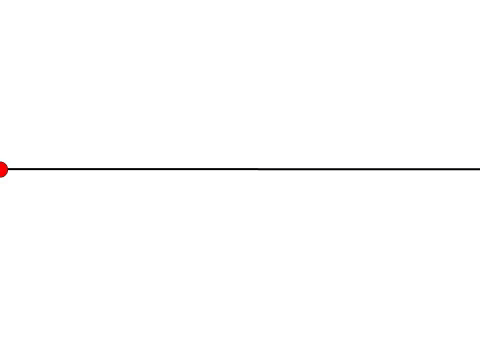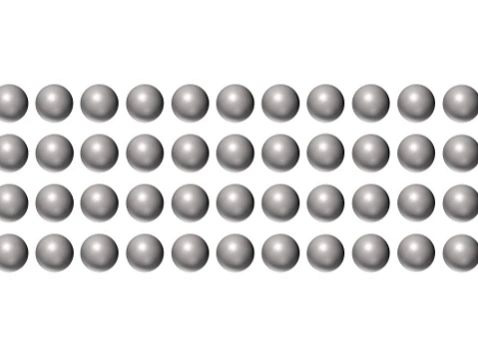Difference between revisions of "Wave"
| Line 15: | Line 15: | ||
| style="height:20px; width:200px; text-align:center;" |'''Longitudinal Wave''' | | style="height:20px; width:200px; text-align:center;" |'''Longitudinal Wave''' | ||
|- | |- | ||
| − | |[[File: | + | |[[File:TransverseWave.gif|center]] |
| − | |[[File: | + | |[[File:LongitudinalWave.gif|center]] |
|- | |- | ||
| style="height:20px; width:200px; text-align:center;" |Text | | style="height:20px; width:200px; text-align:center;" |Text | ||
| style="height:20px; width:200px; text-align:center;" |Text | | style="height:20px; width:200px; text-align:center;" |Text | ||
|} | |} | ||
Revision as of 12:24, 16 October 2018
Key Stage 3
Meaning
A wave is a vibration that transfers energy from one location to another.
About Waves
- Waves can transmit energy and information from one place to another.
- Waves travel through a medium that allows the vibration.
- There are two types of wave; transverse and longitudinal.
- In longitudinal waves the vibration is in the same direction as the energy transfer.
- In transverse waves the vibration is perpendicular to the direction as the energy transfer.
Examples
| Transverse Wave | Longitudinal Wave |
| Text | Text |

